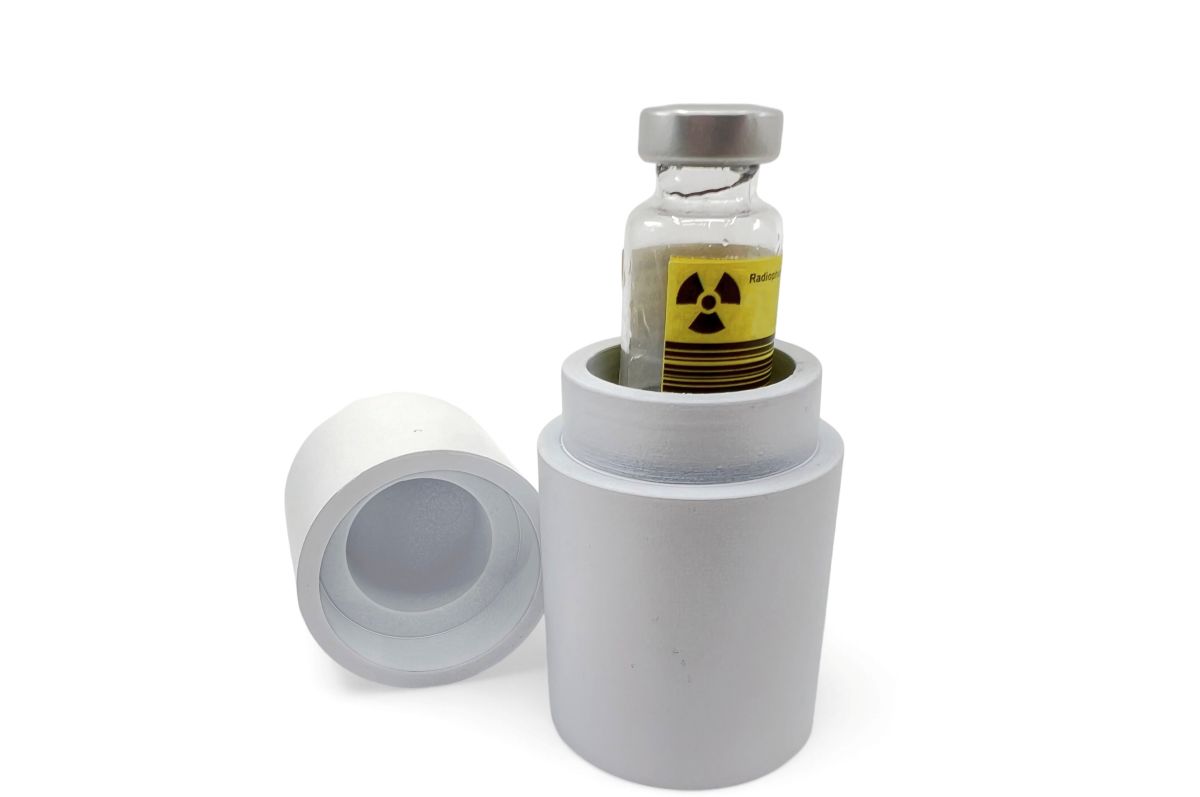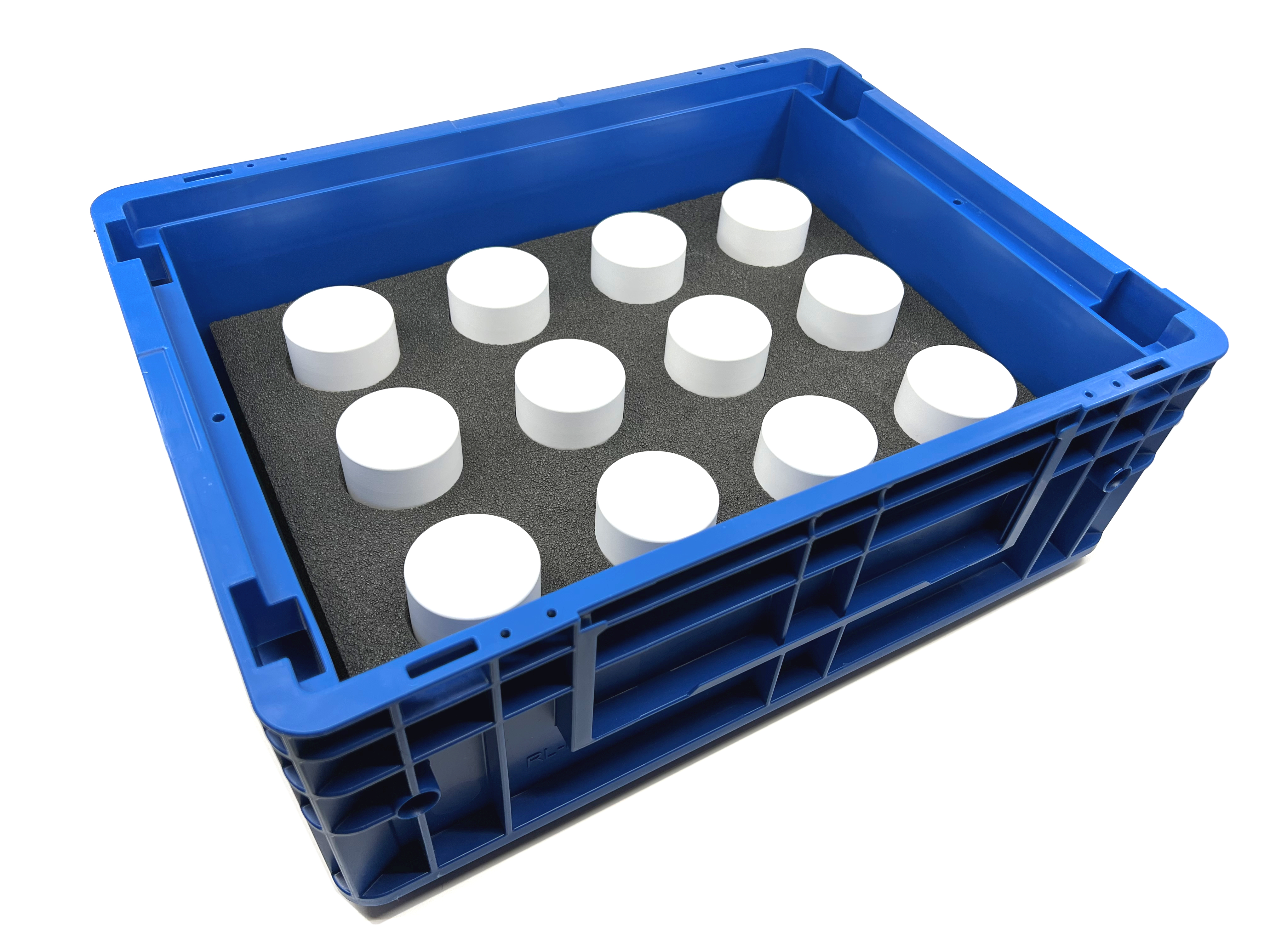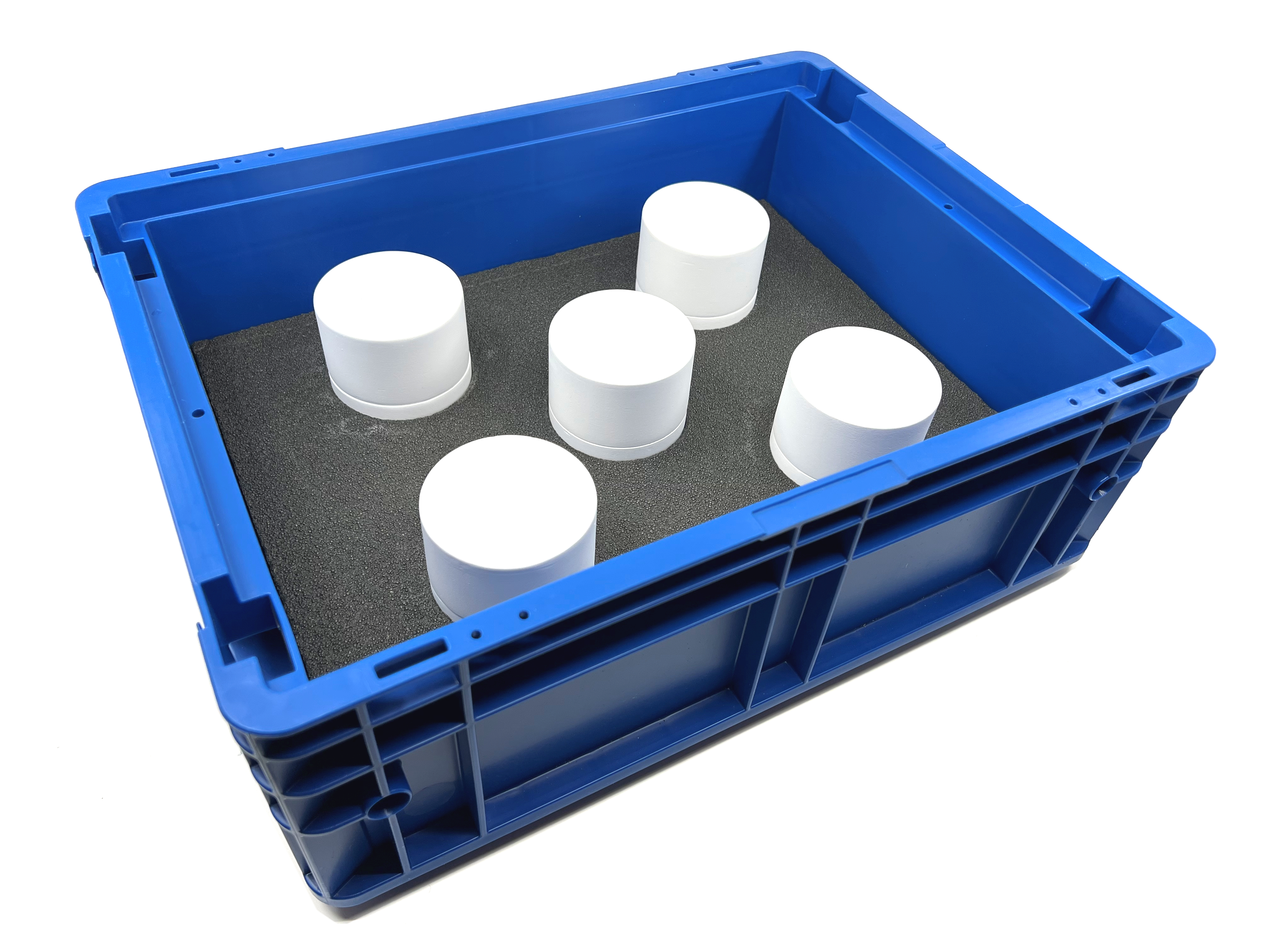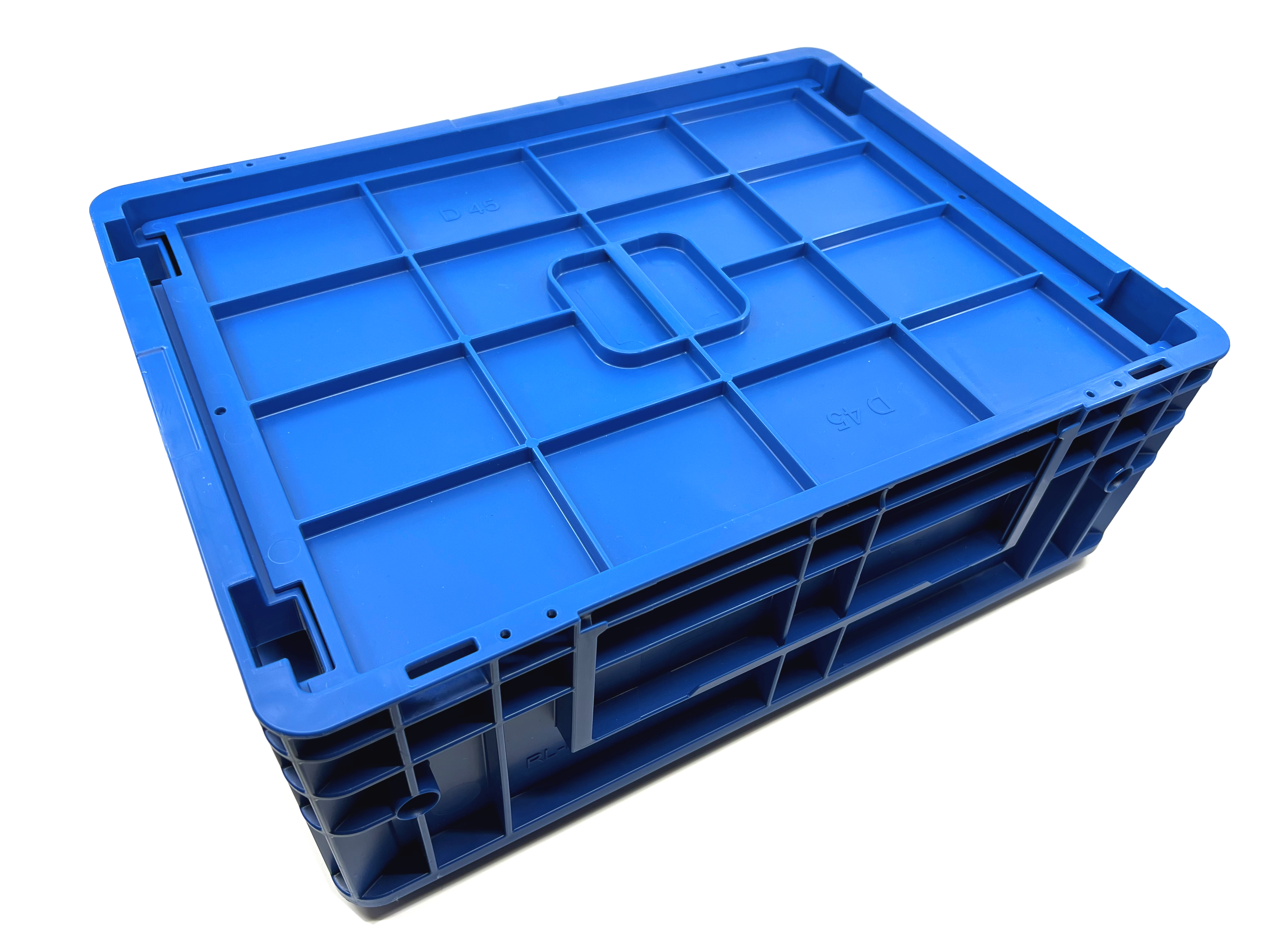Premium Lead-Lined Containers for Maximum Protection
Types of Radioactive Materials Transported
Radioactive materials come in various forms, depending on their use:
Nuclear Medicine Products:
These are used in diagnosing and treating conditions such as cancer and heart disease.
Industrial Radioactive Materials:
These are often used in non-destructive testing and radiography to inspect materials without damaging them.
Research and Energy-related Materials:
These are used in scientific experiments and nuclear power plants to produce energy.
Key Features of Our Lead Vial Containers and Transport Cases
DURABILITY
Made from high-quality lead, HS Shield top-quality containers provide robust protection.
CUSTOMISABLE SIZES
HS Shield offers a variety of sizes to accommodate different types of radioactive materials.
LEAK-PROOF DESIGN
Every radioactive material transport case we manufacture is tested for leakage to prevent contamination.
REGULATORY COMPLIANCE
Our products comply with international safety standards for transporting radioactive materials.
Radioactive Material Containers
Radioactive material containers are critical for safe transportation. They are designed with layers of protection to ensure the containment of the radioactive substance, and the containers vary depending on the type of radioactive material being transported.
Lead Vial Containers | Lead vial containers, often called "lead vial pigs," or single use lead containers, are commonly used for transporting small amounts of radioactive material. These containers offer excellent radiation shielding, making them ideal for transporting materials used in nuclear medicine. |
Ensuring Safety with Radioactive Storage Containers | Radioactive storage containers play a vital role in safely storing radioactive materials. They are often made of lead, steel, or other materials that offer significant radiation shielding and are designed to minimise radiation exposure and prevent environmental contamination.
Nuclear medicine relies on safely transporting radioactive materials. Nuclear medicine transport boxes are specialised containers designed for this purpose. These boxes ensure that radioactive isotopes used in diagnostic and therapeutic procedures are safely delivered to medical facilities. Lead vial pigs play an important role in safely transporting radioactive materials. These containers are explicitly designed for small amounts of radioactive substances, often used in nuclear medicine. Due to their dense lead composition, they offer significant protection against radiation exposure, ensuring that anyone handling the containers is shielded from harmful radiation. Lead is a highly effective material for shielding against gamma and x-ray radiation. Its dense atomic structure absorbs and blocks radiation, making it the material of choice for many radioactive material containers. HS Shield containers are tested to withstand extreme conditions such as high temperatures, impact, and prolonged exposure to environmental elements. |

Regulatory Compliance in Radioactive Material Transport
Transporting radioactive materials requires strict adherence to regulations set by various governing bodies, including the International Atomic Energy Agency (IAEA) and the Department of Transportation (DOT). These regulations ensure that the transportation process minimises risks to public health and the environment.
HS Shield Transport Cases for Radioactive Materials
Radioactive material transport cases are specialised containers that comply with regulatory requirements. HS Shield cases are equipped with safety features such as impact resistance, temperature control, and pressure monitoring to ensure the integrity of the material during transit.
